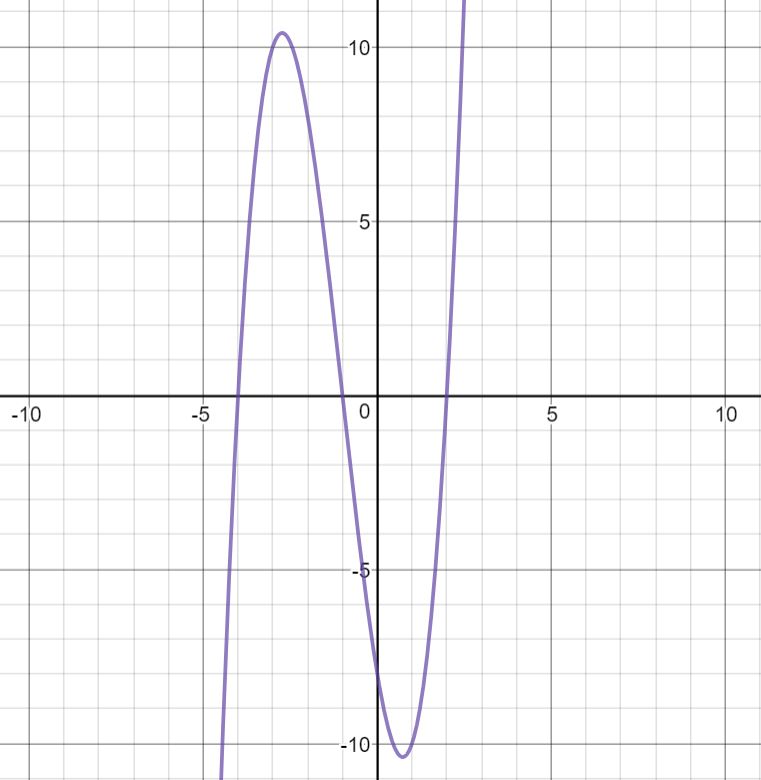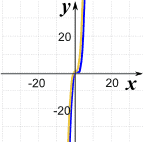End Behavior Of Polynomials Calculator - End Behavior of Polynomial Functions - Wolfram Demonstrations Project : Using the square root property;
1.2 characteristic of polynomial functions. End behavior of polynomial functions helps you to find how the graph of a polynomial function f(x) behaves (i.e) whether function approaches a positive . Learn how to determine the end behavior of the graph of a polynomial function. To do this we will first need to make sure we have the . When the degree (n) is even and the leading coefficient is positive, then the end behavior goes as follows.

Learn how to determine the end behavior of the graph of a polynomial function.
1.2 characteristic of polynomial functions. Learn how to determine the end behavior of the graph of a polynomial function. Using the square root property; End behavior of polynomial functions helps you to find how the graph of a polynomial function f(x) behaves (i.e) whether function approaches a positive . This calculator will determine the end behavior of the given polynomial function, with steps shown. Students will describe the effects of changes in the leading coefficient on the end behavior of graphs of power and polynomial functions. To do this we will first need to make sure we have the . When the degree (n) is even and the leading coefficient is positive, then the end behavior goes as follows.
1.2 characteristic of polynomial functions. Using the square root property; When the degree (n) is even and the leading coefficient is positive, then the end behavior goes as follows. To do this we will first need to make sure we have the . End behavior of polynomial functions helps you to find how the graph of a polynomial function f(x) behaves (i.e) whether function approaches a positive .

This calculator will determine the end behavior of the given polynomial function, with steps shown.
Using the square root property; 1.2 characteristic of polynomial functions. Students will describe the effects of changes in the leading coefficient on the end behavior of graphs of power and polynomial functions. When the degree (n) is even and the leading coefficient is positive, then the end behavior goes as follows. End behavior of polynomial functions helps you to find how the graph of a polynomial function f(x) behaves (i.e) whether function approaches a positive . Learn how to determine the end behavior of the graph of a polynomial function. This calculator will determine the end behavior of the given polynomial function, with steps shown. To do this we will first need to make sure we have the .
When the degree (n) is even and the leading coefficient is positive, then the end behavior goes as follows. End behavior of polynomial functions helps you to find how the graph of a polynomial function f(x) behaves (i.e) whether function approaches a positive . 1.2 characteristic of polynomial functions. Learn how to determine the end behavior of the graph of a polynomial function. This calculator will determine the end behavior of the given polynomial function, with steps shown.

This calculator will determine the end behavior of the given polynomial function, with steps shown.
This calculator will determine the end behavior of the given polynomial function, with steps shown. To do this we will first need to make sure we have the . When the degree (n) is even and the leading coefficient is positive, then the end behavior goes as follows. End behavior of polynomial functions helps you to find how the graph of a polynomial function f(x) behaves (i.e) whether function approaches a positive . Students will describe the effects of changes in the leading coefficient on the end behavior of graphs of power and polynomial functions. 1.2 characteristic of polynomial functions. Learn how to determine the end behavior of the graph of a polynomial function. Using the square root property;
End Behavior Of Polynomials Calculator - End Behavior of Polynomial Functions - Wolfram Demonstrations Project : Using the square root property;. 1.2 characteristic of polynomial functions. Learn how to determine the end behavior of the graph of a polynomial function. When the degree (n) is even and the leading coefficient is positive, then the end behavior goes as follows. Students will describe the effects of changes in the leading coefficient on the end behavior of graphs of power and polynomial functions. To do this we will first need to make sure we have the .
Post a Comment for "End Behavior Of Polynomials Calculator - End Behavior of Polynomial Functions - Wolfram Demonstrations Project : Using the square root property;"